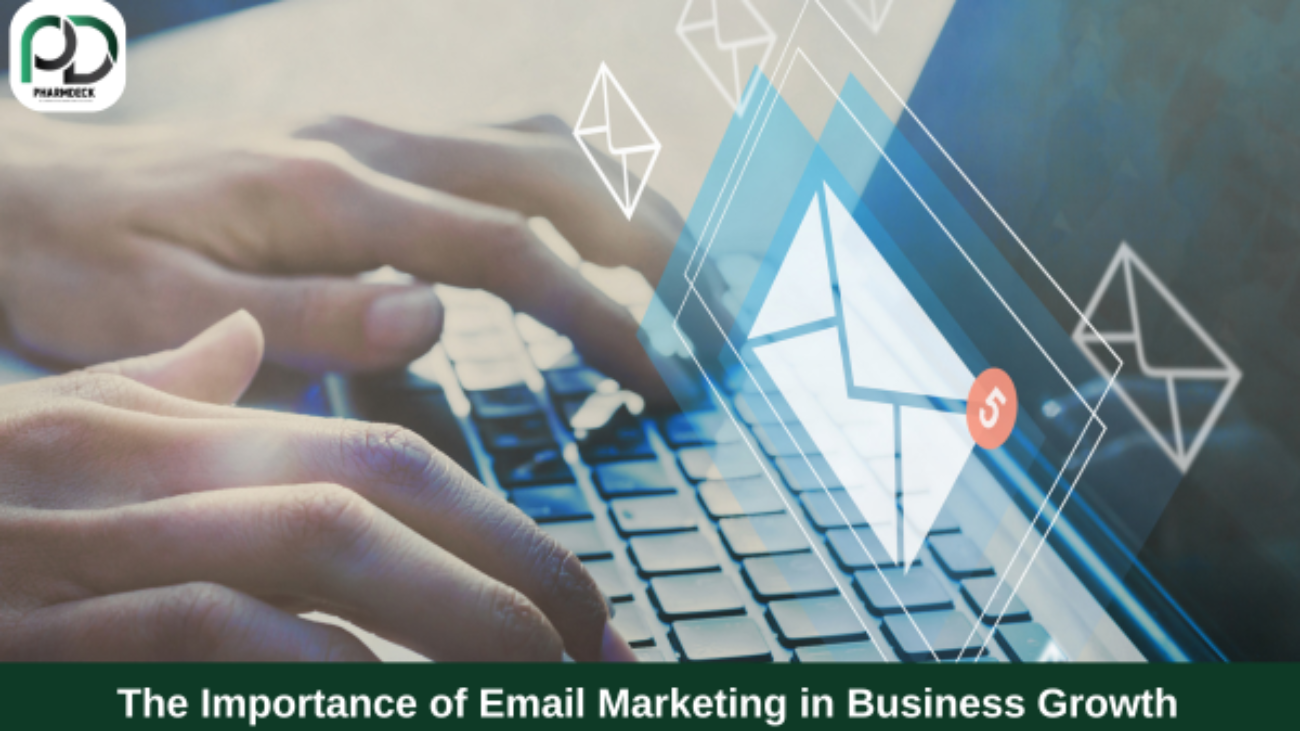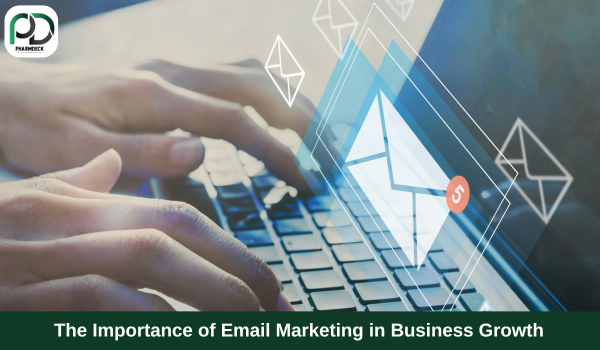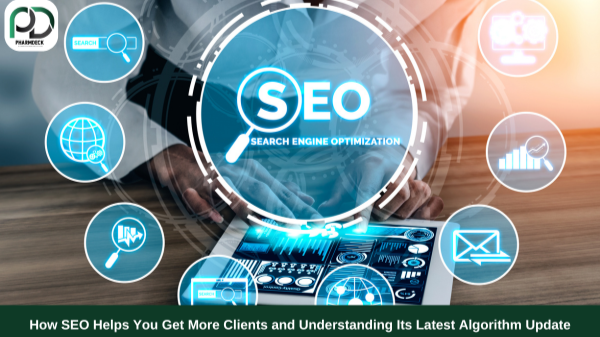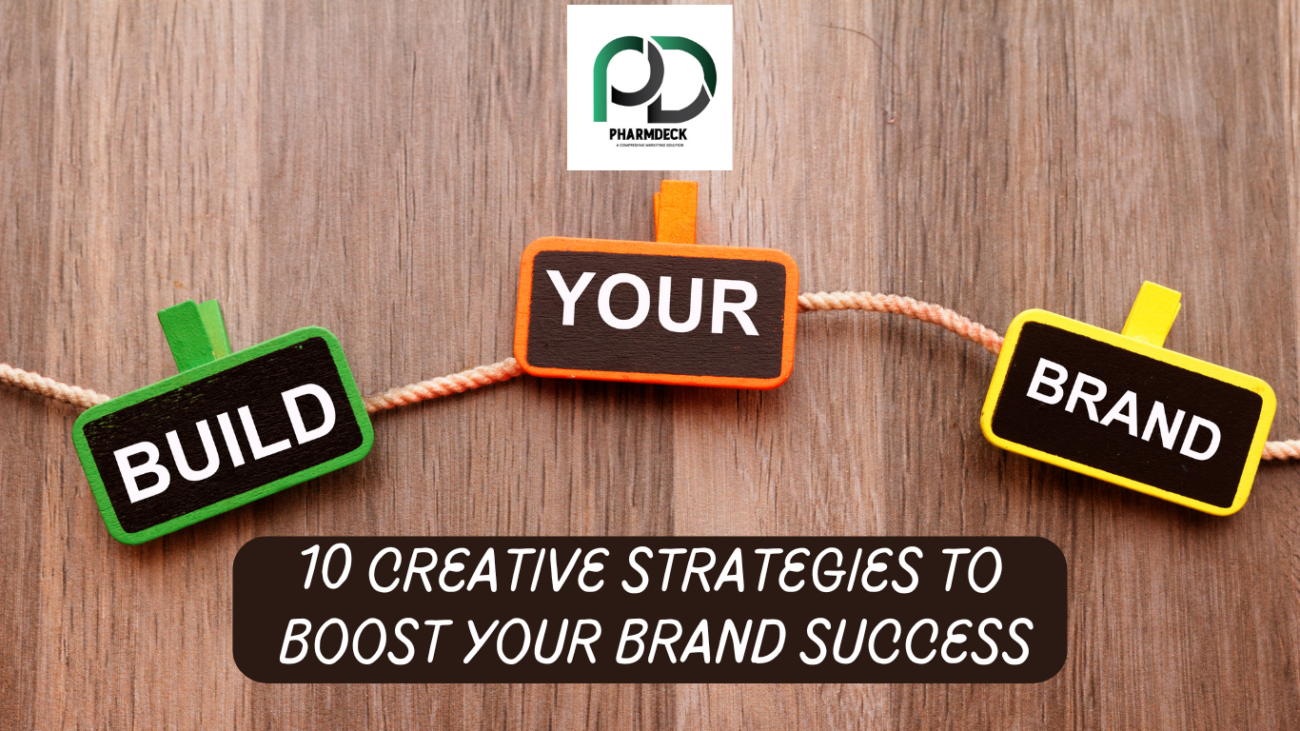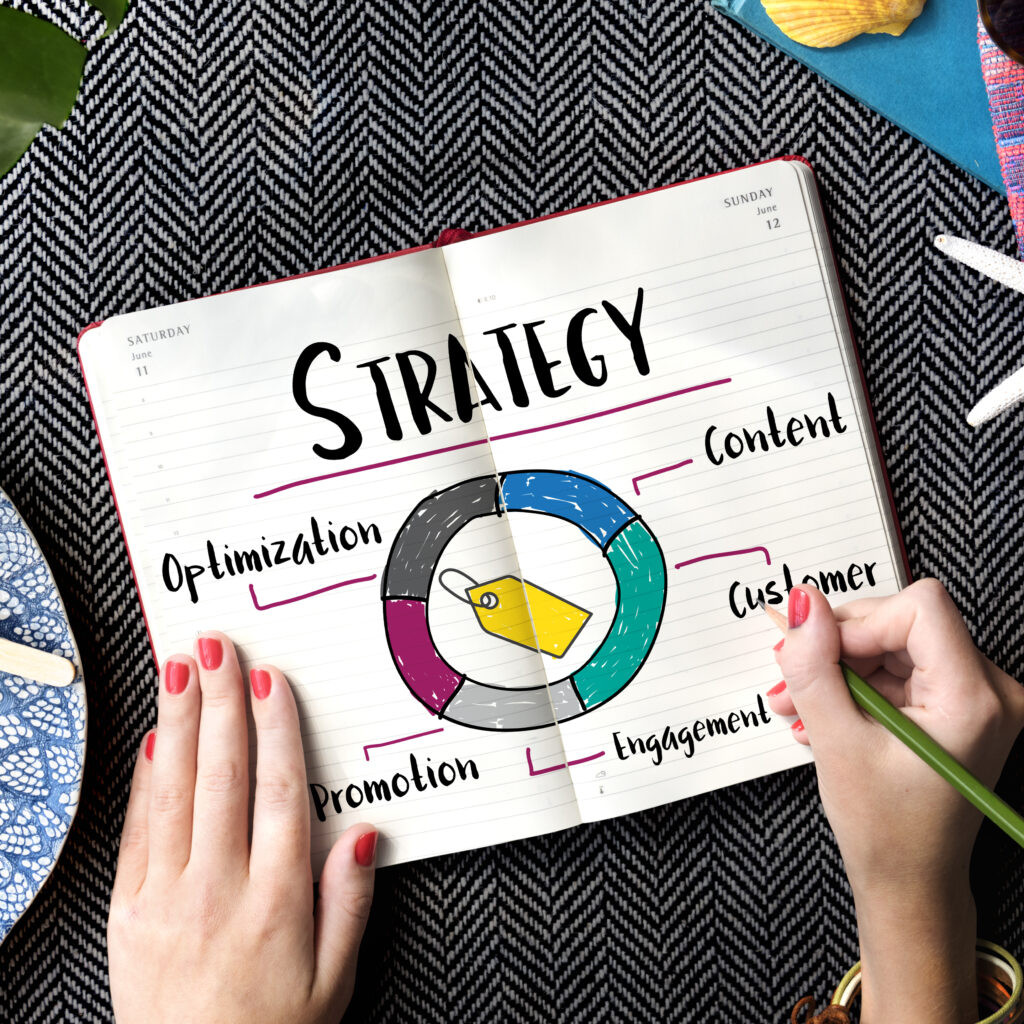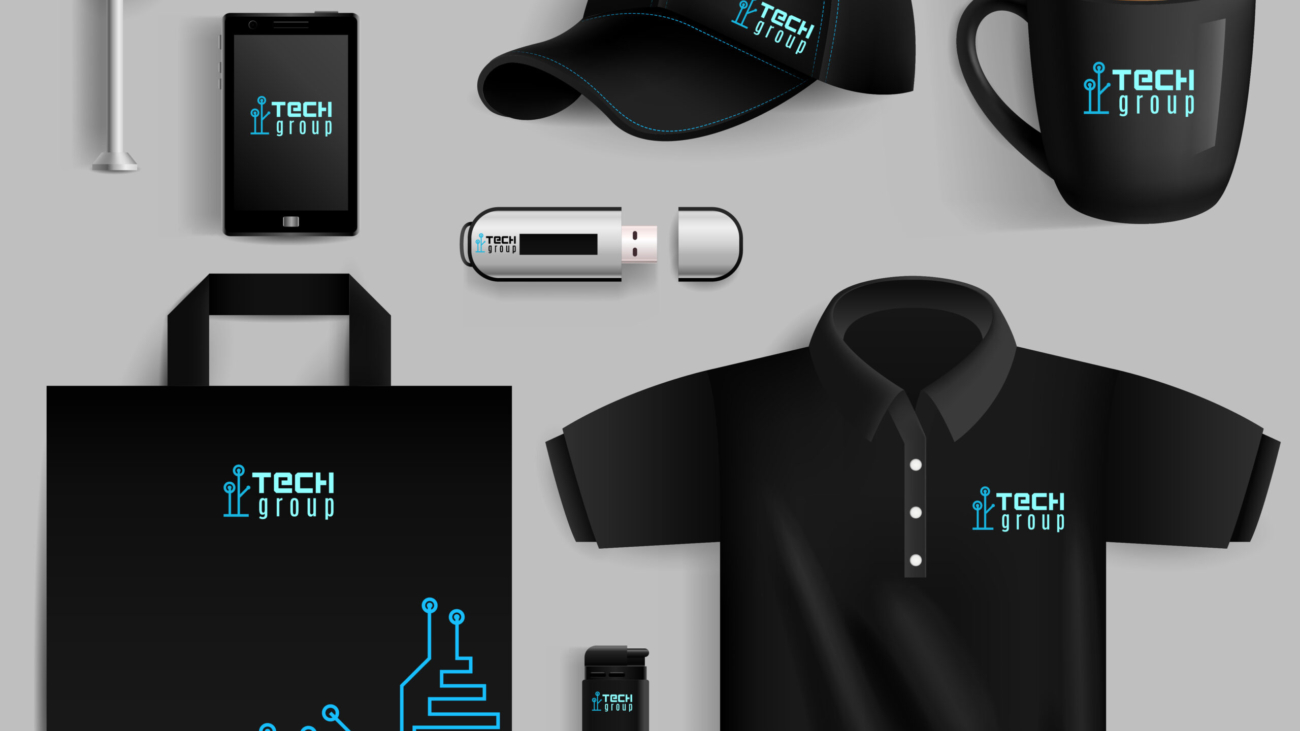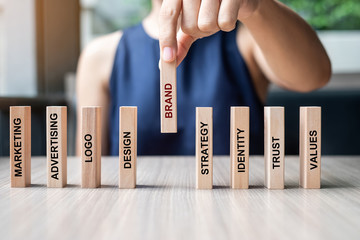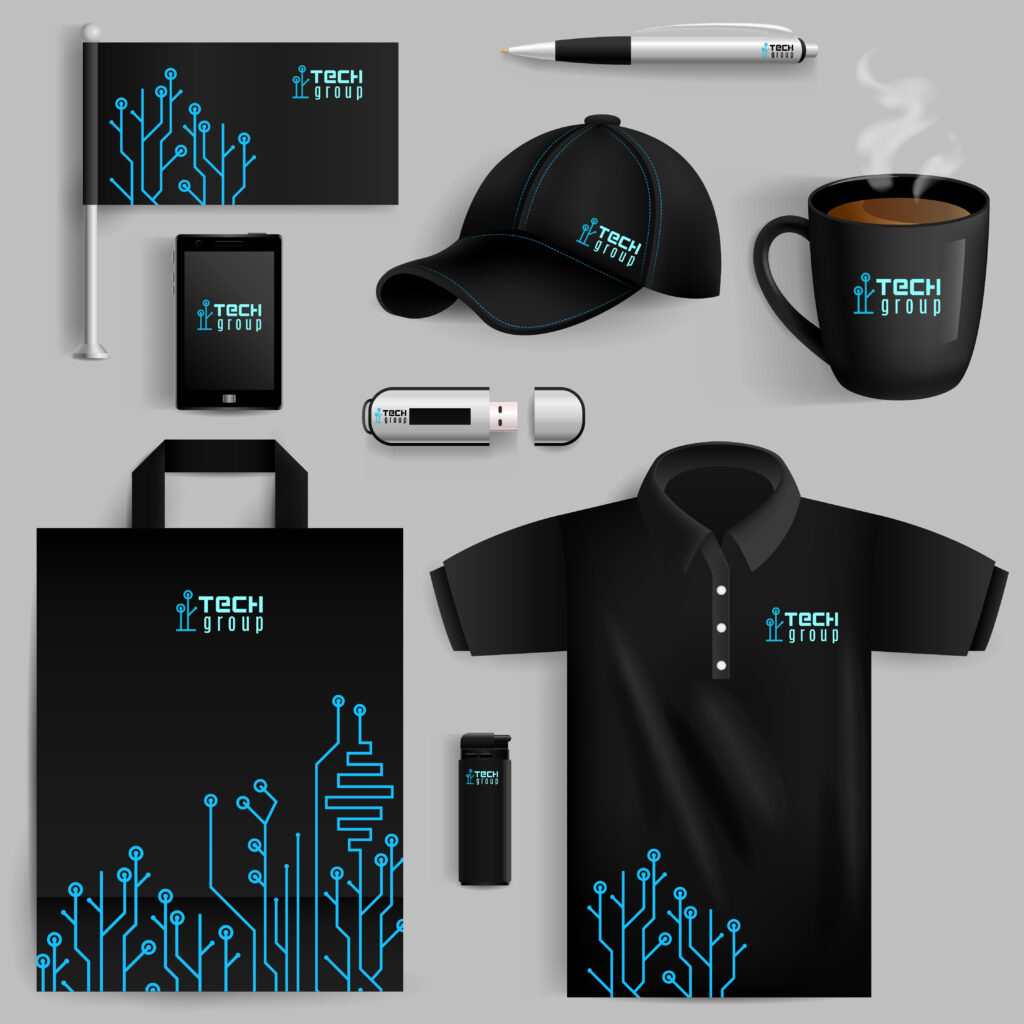
In today’s competitive market, having an online presence is essential for any jewelry business. Local SEO (Search Engine Optimization) is one of the most effective tools to help your jewelry store stand out and attract customers in your area. By optimizing your online presence for local searches, you can increase foot traffic to your physical store and enhance your visibility in your target market.
Here’s a comprehensive guide on how to promote your jewelry business online using Local SEO strategies.
1. Optimize Your Google Business Profile
Your Google Business Profile (formerly Google My Business) is the cornerstone of Local SEO. Ensure that your profile is complete and accurate, including:
- Business name, address, and phone number (NAP).
- High-quality images of your jewelry collection and store.
- Business hours and a link to your website.
- Regularly updated posts about offers, new arrivals, or events.
Encourage your customers to leave reviews on your profile, as positive reviews build trust and improve your local rankings.
2. Leverage Local Keywords
Incorporate location-specific keywords into your website and content. For instance, if you sell gold or diamond jewelry in New York, use keywords like “gold jewelry store in New York” or “custom diamond rings near me.”
Conduct keyword research to find phrases potential customers might use, and strategically place them in:
- Page titles and meta descriptions.
- Product descriptions.
- Blog posts (like this one!).
3. Create a Mobile-Friendly Website
Most customers search for jewelry online using their smartphones. A mobile-responsive design ensures that your website looks great and functions seamlessly on any device.
At Pharmdeck, we specialize in crafting user-friendly websites for jewelry businesses. A professional website not only showcases your products beautifully but also enhances your credibility and local SEO performance.
4. List Your Business in Local Directories
Being listed in local directories increases your visibility and boosts your Local SEO. Ensure that your business is registered on platforms
Consistency in your NAP details across these platforms is crucial for ranking well in local searches.
5. Write Localized Blog Content
Blogging is a powerful way to connect with your audience. Write blogs that highlight local trends, events, or traditions related to jewelry. For example, “The Most Popular Engagement Ring Styles in Your City” or “Top Jewelry Trends for Weddings in Your City.”
Not only does this establish you as an expert, but it also helps your website rank for long-tail keywords. If you need help creating engaging content, our Digital marketing team at Pharmdeck can guide you.
6. Use Social Media to Connect Locally
Social media platforms like Instagram and Facebook are great for promoting your jewelry. Post regularly about:
- New collections and seasonal sales.
- Behind-the-scenes glimpses of your store or design process.
- Customer testimonials and success stories.
Utilize location-based hashtags and geotags to reach your local audience. Collaborate with local influencers to further expand your reach.
7. Invest in Local Paid Ads
Google Ads and social media platforms offer options to target audiences based on location. Running local ad campaigns ensures that your jewelry business appears in front of customers actively looking for products like yours.
8. Partner with Local Events and Businesses
Collaborating with other local businesses can enhance your brand visibility. Sponsor events, participate in local fairs, or team up with bridal shops and fashion boutiques. These partnerships create a sense of community and help you reach new customers.
Why Choose Pharmdeck for Your Digital Marketing Needs?
At Pharmdeck, we understand the unique challenges jewelry businesses face in the online market. From website development to local SEO, our tailored strategies can help you shine online. With years of experience, we ensure your jewelry brand reaches the right audience, turning online visitors into loyal customers.
Learn more about how we can help your jewelry business grow at Pharmdeck.
Conclusion
Promoting your jewelry business online doesn’t have to be overwhelming. By implementing these Local SEO strategies, you can attract more customers, build brand loyalty, and stay ahead of the competition. Whether you’re new to digital marketing or need expert guidance, Pharmdeck is here to help you achieve your goals.
Let your jewelry business sparkle online!


